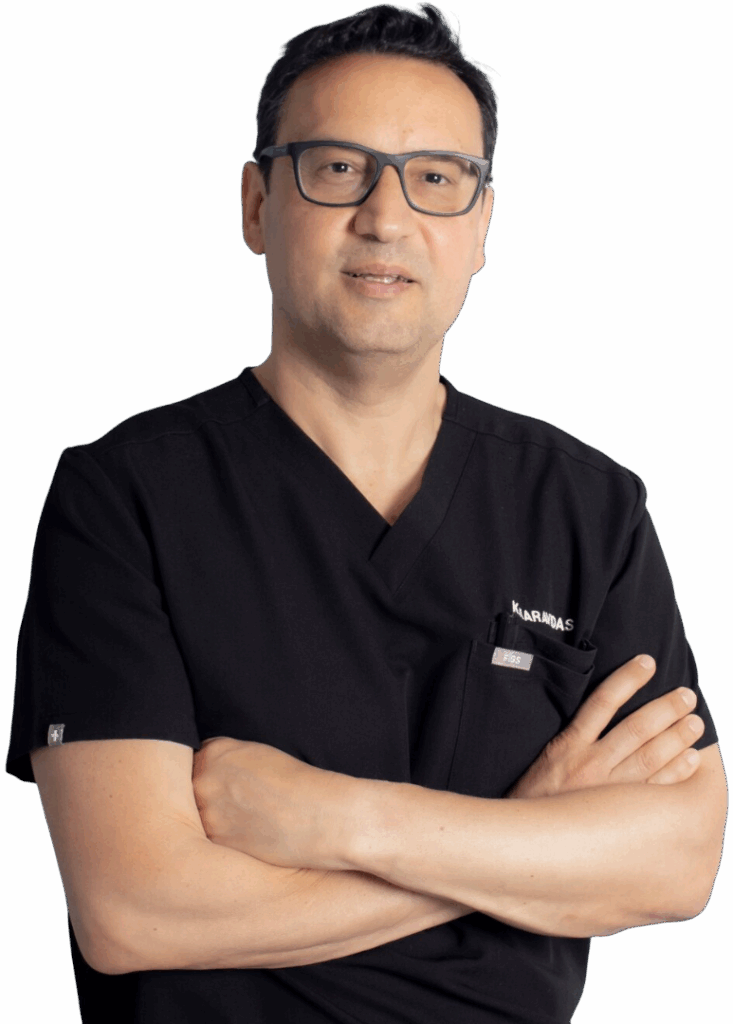Sialendoscopy (Salivary Gland Endoscopy)
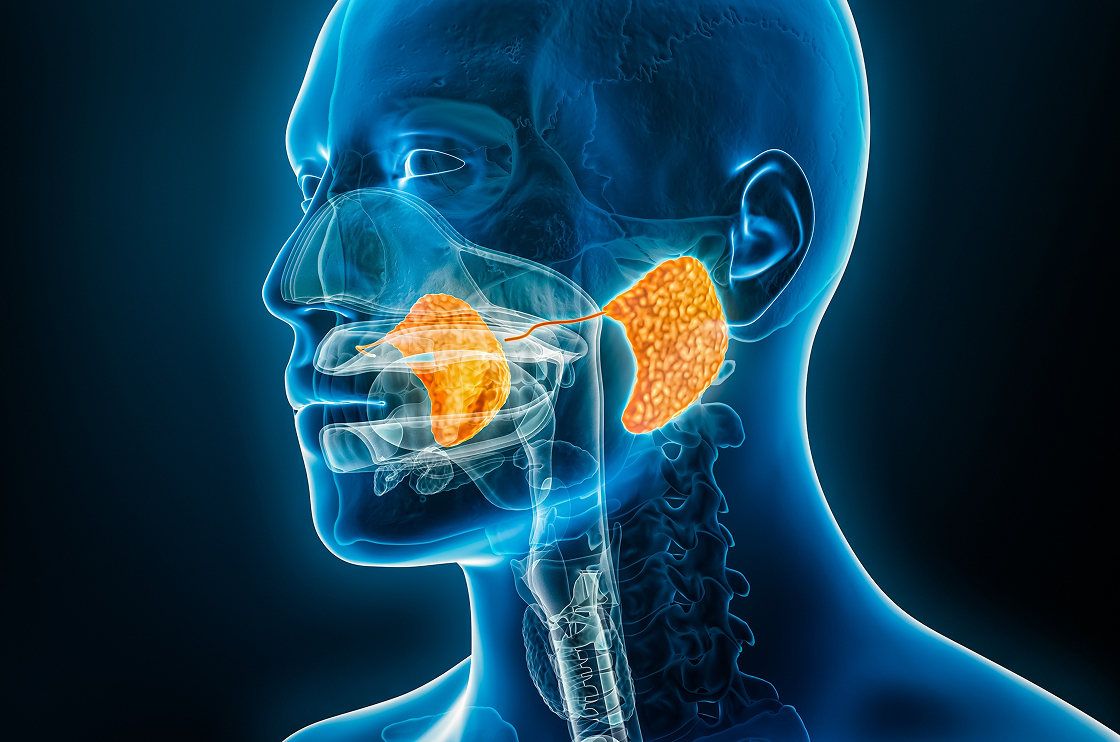
- Salivary gland stones (Sialolithiasis)
- Salivary duct strictures
- Chronic sialadenitis
- Other major salivary gland disorders
- Juvenile Parotitis / Sialectasia
- Salivary tumours
Home » Our Procedures » Sialendoscopy (Salivary Gland Endoscopy)
Advanced Minimally Invasive Treatment
for Salivary Gland Disorders
Sialendoscopy is a revolutionary minimally invasive procedure that uses an ultra-thin endoscope, thinner than a strand of spaghetti, to diagnose and treat salivary gland disorders from the inside.
This advanced technique enables specialists to directly visualise and access blocked salivary ducts, allowing for the precise removal of stones, treatment of strictures, and clearance of infections without the need for external incisions.
By preserving the salivary gland whilst treating the underlying problem, sialendoscopy supports faster recovery times, no visible scarring and excellent long-term outcomes for conditions that previously required major salivary gland surgery or complete gland removal.
What is Sialendoscopy?
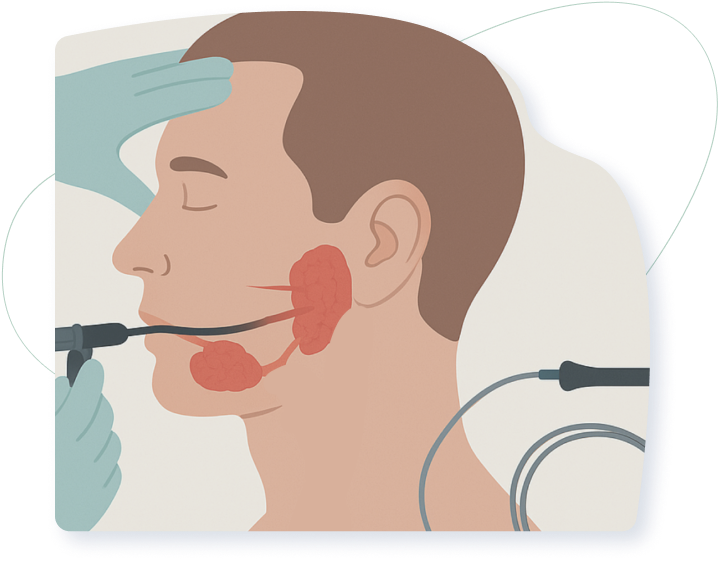
Sialendoscopy is an endoscopic procedure that allows direct visualisation and treatment of the salivary ducts using a miniature camera system. The ultra-thin endoscope, measuring less than 1.3mm in diameter, is gently inserted through the natural duct opening in the mouth. This provides a clear view of the internal duct system without the need for external incisions.
This innovative technique has transformed the treatment of blocked salivary glands and related conditions. It offers a minimally invasive alternative to traditional open surgery while achieving high success rates and reduced patient discomfort.

Why Patients Choose Sialendoscopy
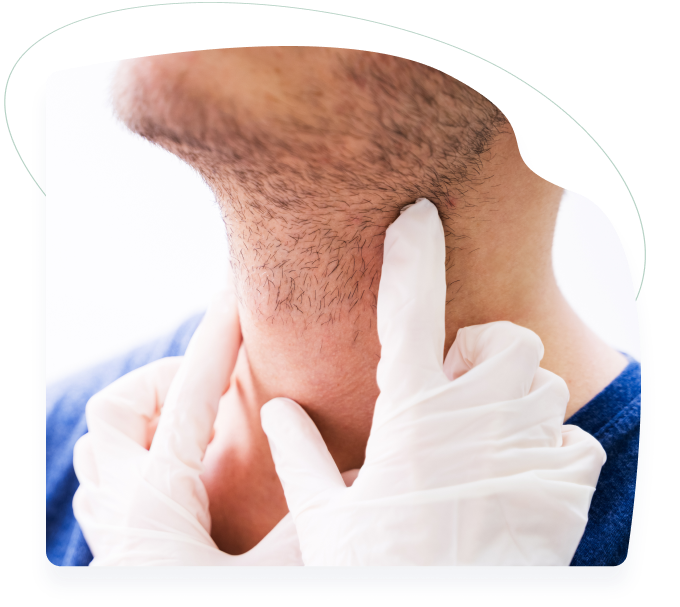
- Revolutionary minimally invasive procedure with no external scars
- Preserves natural salivary gland function
- Faster recovery, often measured in days not weeks
- Immediate relief from painful swelling in many cases
- High success rates for stone removal and stricture treatment
- Lower risk of complications compared with open salivary gland surgery
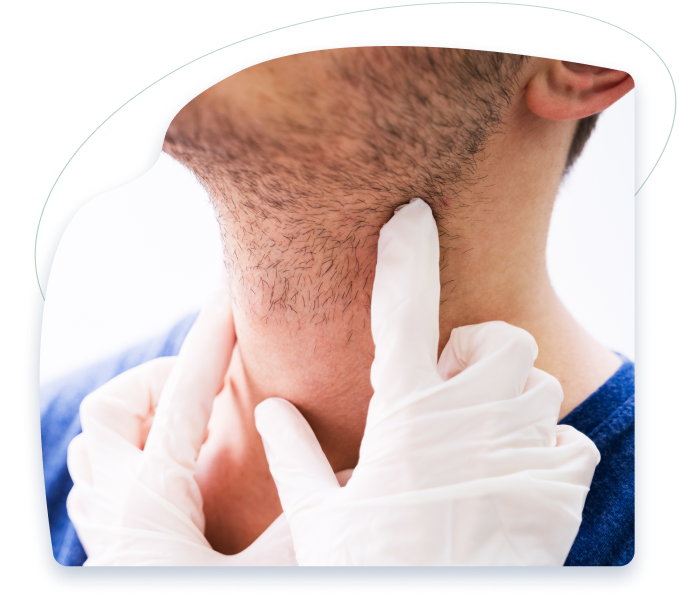
Conditions We Can Help With
Sialendoscopy is suitable for a range of salivary gland disorders, including:
Salivary Stones (Sialolithiasis)
Hard deposits that block salivary ducts, causing painful swelling during meals.
Salivary
Duct
Strictures
Narrowed or scarred ducts that restrict saliva flow and lead to discomfort.
Chronic Sialadenitis
Recurrent inflammation of the salivary glands leading to persistent pain and swelling.
Juvenile Parotitis
/Sialectasia
Repeated episodes of parotid gland inflammation in children, causing painful swelling.
Salivary Tumours
Both benign and malignant growths that require accurate diagnosis and specialist treatment.
How Sialendoscopy Works
Sialendoscopy is a cutting-edge endoscopic salivary gland procedure that enables accurate diagnosis and treatment with exceptional precision. During the procedure, an ultra-thin endoscope is gently inserted through the natural duct opening in the mouth.
This provides a magnified, high-definition view inside the salivary ducts, allowing the surgeon to locate blockages such as stones, strictures, or areas of inflammation. Once identified, the condition can often be treated immediately using tiny instruments passed through the endoscope to:
- Remove salivary stones
- Widen narrowed ducts
- Clear debris or infected material
All of this is achieved without external incisions, preserving gland function and reducing recovery time. In most cases, sialendoscopy is carried out as an outpatient procedure under local anaesthetic, allowing patients to return home the same day.
What to Expect
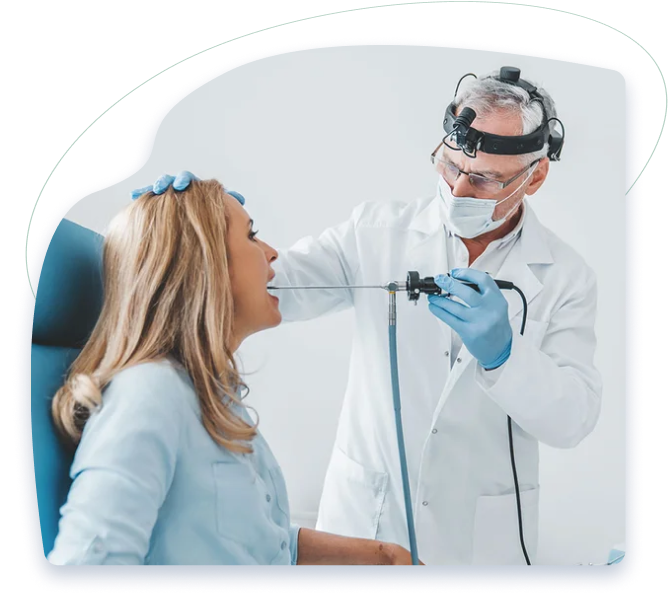
Before undergoing sialendoscopy, imaging studies such as ultrasound, CT scan, or MRI may be arranged to assess the salivary gland in detail. The procedure itself is performed under local or general anaesthetic.
A micro-endoscope is inserted through the natural opening of the duct in the mouth, which may be gently widened if necessary. The gland is irrigated with saline to clear debris, and the endoscope’s camera provides a real-time view of the duct system.
Specialised instruments are then used to remove stones, relieve obstructions, or treat strictures.
In more complex cases, sialendoscopy may be combined with traditional open surgery to ensure complete access and optimal results.

Recovery After Sialendoscopy
Recovery following sialendoscopy is generally straightforward. Most patients experience only mild swelling or discomfort for a few days, which can be managed with anti-inflammatory medication.
Your diet may need temporary adjustment, with soft foods recommended for the first few days whilst your mouth heals. It is also important to rinse your mouth with water after eating to prevent food particles from entering the treated area and to maintain oral hygiene. Heavy lifting or straining should be avoided during the first week.
Complete recovery usually takes about a week, and most patients can return to normal activities within days. Unlike open salivary gland surgery, this minimally invasive approach results in no external scarring and a much faster return to daily life.
Sialendoscopy Risks and Complications
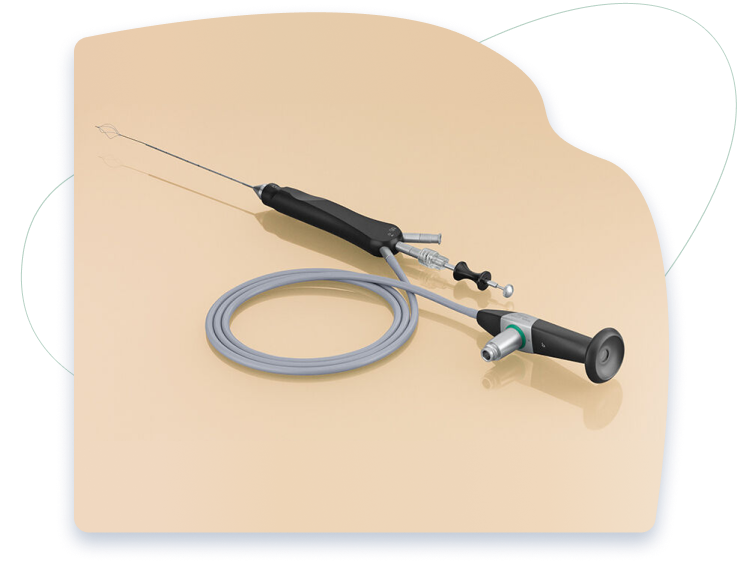
Because sialendoscopy is minimally invasive, it carries far fewer risks than traditional salivary gland surgery. However, some rare complications may occur, such as:
- Strictures (narrowing of the duct)
- Perforation of the duct wall
- Minor bleeding
- Development of ranulas (benign saliva-filled cysts)
These complications are uncommon and usually manageable with appropriate follow-up care. During consultation, Mr Karavidas will explain all potential risks to ensure patients make fully informed decisions.

Why Choose Mr Konstantinos Karavidas for Sialendoscopy?
Mr Konstantinos Karavidas is an accredited Consultant Head and Neck Surgeon, Maxillofacial and Oral Surgeon and a recognised authority in sialendoscopy in London.
His expertise includes:
- Fellowship training in advanced sialendoscopy techniques
- Consistently high success rates following “Get It Right First Time” principles
- Comprehensive diagnostic assessment and personalised treatment planning
- Access to the latest endoscopic technology
- A patient-centred approach focused on effective outcomes and minimal discomfort
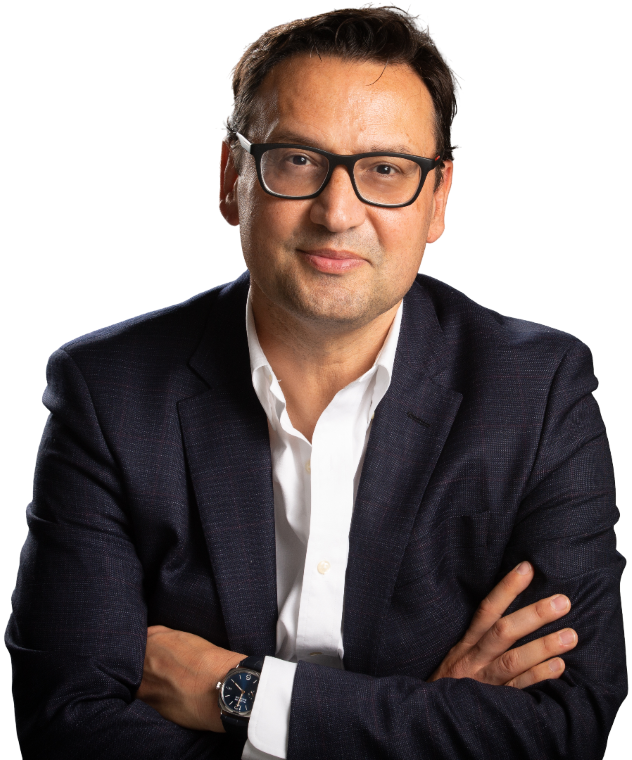





What Our Patients Say
I’ve been seeing Mr Karavidas since Feb 25 and have had several consultations and 2 surgical procedures at Cobham Clinic. He is extremely thorough and makes sure you understand every step of what’s happening with any diagnosis and procedure. Fantastic service.
A.B. 08/06/2025
Clear explanations, very reassuring throughout consultations and proceedure. Mr Karavidas made me feel at ease, his professionalism immediately evident. Highly recommended.
N.A. 10/03/2025
I was beyond impressed by Mr Karavidas. He took the time to listen to all my concerns, reassured me & gave the very best advice. He was friendly and put me at complete ease. I was very well taken care of and cannot thank him enough. I highly recommend!
V.G. 19/02/2025
Two lower wisdom teeth removal. Couldn’t fault the service. Excellent and extremely responsible after care from Mr Karavidas.
J.L. 02/12/2024
My experience with Dr Karavidas and his team was exceptional. I felt extremely cared for and informed throughout and could not have asked for more. To top it off we had a fully successful outcome after an oral procedure which means I can eat again! Thank you so much.
S.J. 21/10/2024
I’ve been seeing Mr Karavidas since Feb 25 and have had several consultations and 2 surgical procedures at Cobham Clinic. He is extremely thorough and makes sure you understand every step of what’s happening with any diagnosis and procedure. Fantastic service.
A.B. 08/06/2025
Clear explanations, very reassuring throughout consultations and proceedure. Mr Karavidas made me feel at ease, his professionalism immediately evident. Highly recommended.
N.A. 10/03/2025
I was beyond impressed by Mr Karavidas. He took the time to listen to all my concerns, reassured me & gave the very best advice. He was friendly and put me at complete ease. I was very well taken care of and cannot thank him enough. I highly recommend!
V.G. 19/02/2025
Two lower wisdom teeth removal. Couldn’t fault the service. Excellent and extremely responsible after care from Mr Karavidas.
J.L. 02/12/2024
My experience with Dr Karavidas and his team was exceptional. I felt extremely cared for and informed throughout and could not have asked for more. To top it off we had a fully successful outcome after an oral procedure which means I can eat again! Thank you so much.
S.J. 21/10/2024

Frequently Asked Questions
How long does the sialendoscopy procedure take?
Most procedures last 30–90 minutes depending on complexity. They are usually performed as day cases under local or general anaesthetic, so patients can return home the same day.
What are the benefits compared to traditional surgery?
Sialendoscopy avoids external incisions and scarring, shortens recovery to days instead of weeks and preserves salivary gland function. It is highly effective for removing stones, treating strictures and carries a lower risk of complications such as nerve damage compared with open salivary gland surgery.
What can I expect during recovery?
Recovery is generally smooth. Mild swelling or soreness may last two to three days, and most patients return to normal activities within a week. Staying hydrated, using warm compresses and following a soft diet with careful oral hygiene helps support healing.
How successful is sialendoscopy treatment?
Success rates are high, with 85–90% of patients experiencing long-term relief from salivary duct obstruction and swelling. The procedure effectively removes stones, widens narrowed ducts and treats inflammation. With Mr Karavidas’s expertise, outcomes are highly reliable.
Am I a suitable candidate for sialendoscopy?
Most patients with blocked salivary glands due to stones, strictures, or inflammation are suitable candidates. Suitability is confirmed during consultation with imaging such as ultrasound, CT, or MRI scans.
Will I need multiple sialendoscopy procedures?
Most patients achieve excellent results with one procedure. In complex cases, such as multiple stones or severe strictures, a second treatment may occasionally be required.
Are there any risks or complications with sialendoscopy?
Sialendoscopy is very safe with fewer risks than open surgery. Rare complications include temporary numbness, infection, duct perforation, or the development of benign ranulas. These are uncommon and usually manageable with follow-up care.
How much does sialendoscopy cost in the UK?
The cost of sialendoscopy in the UK varies depending on the complexity of the case, whether general anaesthesia is required and if the procedure is combined with other treatments. Exact fees are provided during consultation after a full assessment and imaging review.
Who is the right specialist for sialendoscopy in London?
Sialendoscopy should be performed by a surgeon with specialist training in salivary gland surgery and endoscopic techniques. In London, Mr Konstantinos Karavidas is an accredited Consultant Head and Neck Surgeon and Maxillofacial and Oral Surgeon with advanced fellowship training in sialendoscopy.
Are there alternatives to sialendoscopy?
For some patients, alternatives may include conservative management with massage, hydration and medication, or traditional open salivary gland surgery if stones are very large or ducts severely damaged. Sialendoscopy is usually recommended as the first-line, minimally invasive option whenever suitable.
Book a Consultation with Mr. Karavidas
